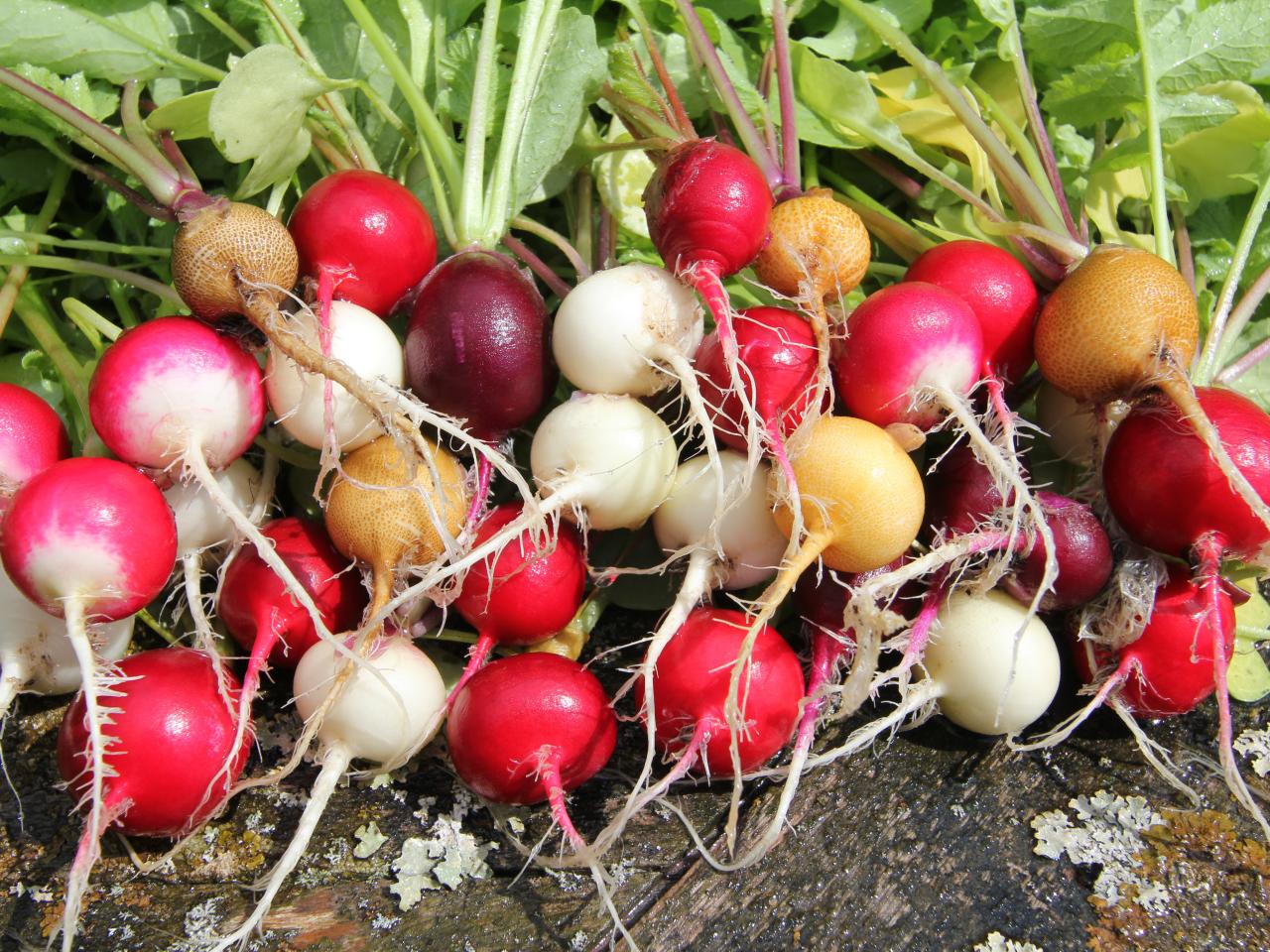

Articles
How To Store Radishes From The Garden
Modified: February 23, 2024
Learn the best techniques for storing radishes from your garden in this informative article. Keep your harvest fresh and delicious for longer!
(Many of the links in this article redirect to a specific reviewed product. Your purchase of these products through affiliate links helps to generate commission for Storables.com, at no extra cost. Learn more)
Introduction
Radishes are a delightful addition to any home garden. Their peppery flavor and crisp texture make them an excellent choice for salads, sandwiches, and other dishes. If you’ve grown radishes in your garden, you may find yourself with a surplus of these tasty vegetables. But fear not! With the right storage techniques, you can enjoy the flavors of your garden-fresh radishes for an extended period of time.
In this article, we will guide you through the process of storing radishes from the garden. We will cover everything from harvesting and cleaning to various storage methods such as refrigeration, root cellar storage, freezing, and pickling. With these tips, you can make the most of your radish harvest and enjoy their deliciousness well beyond the growing season.
So, let’s dive in and learn how to properly store radishes from the garden!
Key Takeaways:
- Enjoy garden-fresh radishes year-round by mastering the art of proper storage. From refrigeration to pickling, explore various methods to preserve their flavors and textures for extended enjoyment.
- Harvest, clean, and store radishes with care to ensure long-lasting freshness. Whether refrigerating for short-term use or freezing for year-round enjoyment, follow these tips to savor the delightful taste of homegrown radishes.
Read more: How To Store Korean Radish
Harvesting Radishes
Harvesting radishes at the right time is crucial for their flavor and texture. Radishes are typically ready to harvest around 3-4 weeks after planting, depending on the variety. Here are some tips on harvesting radishes:
- Check the size: Radishes are usually ready to harvest when they have reached their mature size. Different varieties have different sizes, so consult the seed packet or plant label for guidance.
- Inspect the roots: Gently dig around the base of the radish to check the size and color of the root. The skin should be firm and brightly colored.
- Test the firmness: Give the radish root a gentle squeeze. It should have a crisp and firm texture. If it feels soft or spongy, it may be overripe.
- Use a garden fork or trowel: To harvest the radishes, loosen the soil around the base of the plant using a garden fork or trowel. Be careful not to damage the roots.
- Remove the greens: After harvesting the radishes, cut off the greens from the roots. Leaving the greens attached can cause the root to lose moisture more quickly.
Remember to harvest your radishes in the morning or late afternoon when temperatures are cooler. This helps to preserve their freshness and flavor. Once you’ve harvested your radishes, it’s time to move on to the next step: cleaning them.
Cleaning Radishes
Properly cleaning radishes is essential before storing them. This will help remove any dirt or debris, ensuring that your radishes stay fresh and ready to eat. Follow these steps to clean your radishes:
- Trim the greens: Start by trimming any remaining greens from the radishes. This can be done by cutting them right at the base where they meet the root.
- Remove the roots: Use a gentle twisting motion to remove any remaining roots attached to the radishes. Be careful not to damage the skin of the radish.
- Rinse with cold water: Rinse the radishes under cold running water to remove any dirt or soil. Use a vegetable brush or your hands to gently rub the radishes to clean them thoroughly.
- Inspect for any blemishes: While cleaning, inspect the radishes for any blemishes or signs of spoilage. Remove any radishes that are soft, discolored, or have mold growth.
- Dry thoroughly: After rinsing, pat the radishes dry with a clean towel or paper towels. Make sure to remove any excess moisture, as dampness can lead to quicker spoilage.
Once your radishes are clean and dry, they are ready to be stored using any of the methods we will discuss in the next sections. Whether you choose to refrigerate, store in a root cellar, freeze, or pickle your radishes, following these cleaning steps will help ensure their longevity and freshness.
Storing Radishes
Proper storage is key to maintaining the flavor and texture of radishes. The method you choose will depend on how long you plan to store them and your preferred way of using them. Here are four common methods for storing radishes:
- Method 1: Refrigeration
- Method 2: Root Cellar Storage
- Method 3: Freezing Radishes
- Method 4: Pickling Radishes
Refrigeration is the most common method for short-term radish storage. Place the cleaned and dried radishes in a perforated plastic bag or airtight container. Ensure that there is some airflow to prevent moisture buildup. Radishes can be stored in the refrigerator for up to two weeks.
If you have access to a root cellar or a cool, dark, and humid place in your home, you can store radishes for a longer period. Place the radishes in a wooden crate or a box filled with slightly damp sand or sawdust. The moist environment helps prevent wilting. Radishes stored in a root cellar can last for several months.
Freezing is a great option if you want to store radishes for an extended period. Start by blanching the radishes in boiling water for a couple of minutes, then transfer them to an ice bath to stop the cooking process. Drain and pat them dry before placing them in freezer-safe bags or containers. Frozen radishes can retain their quality for up to 10-12 months.
If you enjoy the tangy flavor of pickled radishes, this method is ideal for you. Prepare a pickling solution using vinegar, water, sugar, and spices of your choice. Trim the radishes and slice them into thin rounds or julienne strips. Place the radishes in sterilized jars and pour the pickling solution over them. Seal the jars tightly and store them in a cool, dark place. Pickled radishes can last for several months.
Remember to label and date your stored radishes so that you can keep track of their freshness and usage. Regardless of the storage method you choose, it’s important to regularly inspect the radishes for any signs of spoilage and discard any that have gone bad.
Now that you know the different methods for storing radishes, you can choose the one that best suits your needs and enjoy fresh radishes long after they have been harvested from your garden.
Method 1: Refrigeration
Refrigeration is one of the most common and convenient methods for storing radishes, especially if you plan to use them within a couple of weeks. Follow these steps to store radishes in the refrigerator:
- Clean and dry the radishes: As mentioned earlier, make sure to clean the radishes thoroughly and pat them dry with a clean towel or paper towels. Removing excess moisture will help prevent rotting.
- Prepare a storage container: Choose a perforated plastic bag or an airtight container for storing the radishes. The perforations allow for airflow and help prevent moisture buildup, which can cause the radishes to spoil faster.
- Place the radishes in the container: Arrange the radishes in a single layer inside the container. Avoid overcrowding them, as this can lead to bruising and faster deterioration.
- Store in the refrigerator: Place the container of radishes in the vegetable crisper drawer or any other section of the refrigerator where the temperature is consistently cool, ideally between 32°F to 40°F (0°C to 4°C). This will help to extend their shelf life.
- Check regularly: Periodically check the radishes for any signs of spoilage, such as mold or softness. Remove any radishes that have gone bad to prevent them from affecting the others.
By following these steps, you can expect your refrigerated radishes to stay fresh and crisp for up to two weeks. Remember to use them within this timeframe for the best flavor and quality.
Keep in mind that refrigerated radishes may lose some of their crunch over time. If you prefer crisper radishes, consider placing them in a bowl of ice-cold water for about 15 minutes before using them in your favorite recipes. This will help restore some of their texture.
Refrigeration is a simple and effective method that allows you to enjoy the flavors of your garden-fresh radishes for a short period. However, if you have a larger harvest or want to store radishes for a longer time, consider other storage methods like root cellar storage, freezing, or pickling, which will be covered in the following sections.
After harvesting, remove the radish greens and store the roots in a perforated plastic bag in the refrigerator. They can last for up to 3 weeks.
Read more: How To Store Radish
Method 2: Root Cellar Storage
If you have access to a root cellar or a cool, dark, and humid storage area in your home, you can opt for root cellar storage to extend the shelf life of your radishes. Here’s how you can store radishes in a root cellar:
- Clean the radishes: Begin by cleaning the radishes, removing any dirt or debris, and trimming the greens.
- Prepare the storage container: Find a wooden crate, a ventilated box, or a basket that allows for airflow. Line the bottom of the container with slightly damp sawdust or sand, which will help maintain humidity.
- Arrange the radishes: Place the radishes in a single layer on top of the damp sawdust or sand. Make sure they are not touching each other to allow air circulation.
- Leave the greens on (optional): Unlike other storage methods, you can choose to leave the greens on the radishes for root cellar storage. The greens provide extra moisture that helps prevent the radishes from drying out.
- Store in a cool, dark, and humid location: Place the container of radishes in a root cellar or any area with a temperature range of 32°F to 40°F (0°C to 4°C) and a humidity level around 90%. Keep them away from direct sunlight as it can cause wilting and spoilage.
- Check regularly: Periodically check the radishes for any signs of spoilage, such as softness or mold. Remove any damaged radishes to prevent them from affecting the others.
When stored in a root cellar, radishes can last for several months, allowing you to enjoy them well beyond the gardening season. The cool temperature and high humidity help maintain their crispness and flavor.
Keep in mind that root cellars may vary in temperature and humidity levels, so it’s essential to monitor these conditions regularly. Adjust the humidity as necessary by adding or removing damp sawdust or sand.
Root cellar storage is a great option for those who have a larger radish harvest or want to store them for an extended period. It preserves the freshness of the radishes while providing a convenient and traditional method of storage.
Method 3: Freezing Radishes
If you have an abundant radish harvest and want to preserve them for an extended period, freezing is a great option. Freezing radishes allows you to enjoy their crispness and flavor even after several months. Here’s how you can freeze radishes:
- Clean and blanch the radishes: Begin by thoroughly cleaning the radishes, removing any dirt or debris. Trim off the green tops and any blemishes. Bring a pot of water to a boil and blanch the radishes for 2-3 minutes.
- Shock in ice water: After blanching, transfer the radishes to a bowl filled with ice water. This process helps to halt the cooking process and preserve their texture and color.
- Drain and dry: Remove the radishes from the ice water and drain them well. Pat them dry with a clean towel or paper towels to remove any excess moisture.
- Package for freezing: Place the blanched and dried radishes in freezer-safe bags or airtight containers. Leave some headspace to allow for expansion during freezing. Alternatively, you can also freeze them individually on a baking sheet and then transfer them into containers.
- Label and date: Don’t forget to label the freezer bags or containers with the date of freezing. This will help you keep track of their freshness.
- Freeze and store: Place the radishes in the freezer and store them at a temperature of 0°F (-18°C) or below. Frozen radishes can retain their quality for up to 10-12 months.
- Thaw and use: When you’re ready to use the frozen radishes, simply thaw them in the refrigerator overnight or quickly blanch them in boiling water for a minute before incorporating them into your dishes.
Frozen radishes work well in cooked dishes like soups, stews, stir-fries, and roasted vegetable medleys. However, they may lose some of their crispness after thawing, so they are not suitable for fresh salads or as standalone snacks.
By following these steps, you can stock up on radishes during the harvest season and enjoy them throughout the year. Freezing is a convenient and versatile method that helps preserve the flavors and nutrients of radishes.
Method 4: Pickling Radishes
If you’re looking to add a tangy and flavorful twist to your radishes, pickling is an excellent option. Pickled radishes not only extend the shelf life of this vibrant vegetable but also provide a zesty condiment for various dishes. Here’s how you can pickle radishes:
- Clean and prep the radishes: Start by cleaning the radishes thoroughly, removing any dirt or debris. Trim off the green tops and any blemishes. Slice the radishes into thin rounds or julienne strips, depending on your preference.
- Prepare the pickling solution: In a saucepan, combine equal parts vinegar and water, along with sugar and salt to taste. Add in your choice of aromatics, such as garlic, dill, or spices like mustard seeds or peppercorns. Bring the mixture to a boil, stirring until the sugar and salt dissolve.
- Pack the radishes into jars: Place the sliced radishes into sterilized glass jars, leaving a bit of space at the top. Pour the hot pickling solution over the radishes, ensuring they are completely covered. Use a spoon or a knife to remove any air bubbles.
- Seal and store the jars: Tightly seal the jars with sterilized lids. Allow the pickled radishes to cool to room temperature before transferring them to the refrigerator or a cool, dark pantry. Let them pickle for at least a week before using to develop the flavors. Pickled radishes can be stored for several months.
- Enjoy the pickled radishes: Pickled radishes make a flavorful addition to salads, sandwiches, tacos, and more. You can get creative and experiment with different spices and flavors to suit your taste preferences.
Remember to label the jars with the pickling date to keep track of their freshness. As time goes on, the flavors will develop, resulting in a more pronounced and tangy taste.
By pickling radishes, you can elevate their natural flavors while preserving their crunchiness and vibrant color. It’s a delightful way to enjoy radishes and add a punch of tang to your culinary creations.
Now that you know how to pickle radishes, get ready to savor the zesty goodness of these tangy treats!
Tips for Long-Term Radish Storage
If you’re looking to store radishes for an extended period, whether in the refrigerator, root cellar, or freezer, here are some additional tips to help ensure the best long-term storage:
- Choose the right radishes: Select radishes that are firm, with smooth skin, and no signs of bruising or damage. Avoid storing radishes that are overripe or have started to soften.
- Handle with care: When harvesting or handling radishes, be gentle to avoid bruising or damaging them. Damaged radishes are more likely to spoil quickly.
- Store with appropriate companions: Some fruits and vegetables release ethylene gas, which can accelerate the ripening process and lead to spoilage in radishes. Keep radishes away from ethylene-producing produce like apples, bananas, and tomatoes.
- Inspect regularly: Regularly check your stored radishes for any signs of spoilage, such as mold, softness, or off odors. Remove any radishes that have gone bad to prevent them from affecting others.
- Rotate your stock: If you have multiple batches or containers of radishes in storage, make sure to rotate them to use the older ones first. This helps prevent any radishes from going bad due to prolonged storage.
- Adjust temperature and humidity: Depending on the storage method, monitor the temperature and humidity levels regularly. Maintain the recommended temperature range and humidity level to keep radishes fresh and crisp.
- Properly seal containers: Ensure that your storage containers are tightly sealed to prevent moisture and air from entering. This helps maintain the quality of the radishes for a longer period.
- Label and date: Properly label your storage containers or bags with the date of storage. This will help you keep track of the freshness and know when it’s time to use or discard them.
- Use proper storage materials: Use freezer-safe bags or airtight containers for freezing radishes. Use ventilated containers or perforated bags for refrigeration to allow for proper airflow.
- Experiment with different preservation methods: Don’t be afraid to try different storage methods to find the one that suits your needs and preferences. Whether it’s pickling, refrigeration, freezing, or root cellar storage, each method provides a unique flavor and texture.
By following these tips, you can maximize the shelf life and quality of your stored radishes, ensuring that you have a supply of fresh, delicious radishes well beyond their harvest season.
Remember, the freshness and quality of stored radishes will gradually diminish over time. It’s best to use them within the recommended storage duration for optimal taste and texture. Enjoy the convenience of having homegrown radishes available whenever you need them!
Read more: How To Store Radish Greens
Conclusion
Storing radishes from your garden allows you to enjoy their wonderful flavors and crispness long after the harvest season is over. Whether you choose to refrigerate, store in a root cellar, freeze, or pickle your radishes, each method offers a unique way to extend their shelf life and preserve their deliciousness.
Harvesting radishes at the right time, cleaning them thoroughly, and choosing the appropriate storage method are key to maintaining their flavor and texture. From refrigeration to root cellar storage, freezing to pickling, each method provides different storage durations and flavor profiles.
Refrigeration is ideal for short-term storage of up to two weeks, while a root cellar can keep your radishes fresh for several months. Freezing allows you to enjoy radishes for up to a year, and pickling adds a tangy twist to this vibrant vegetable.
Remember to monitor the storage conditions regularly, such as temperature and humidity levels, and check for any signs of spoilage to ensure the freshness and quality of your radishes. Labeling and dating your stored radishes will help you keep track of their freshness and usage.
Whether you’re adding radishes to salads, sandwiches, stir-fries, or enjoying them as a tangy pickle, storing them properly allows you to enjoy the flavors of your garden-fresh radishes throughout the year.
So, go ahead and put these storage techniques into practice to savor the delightful taste of your homegrown radishes for an extended period. Happy storing and happy eating!
Frequently Asked Questions about How To Store Radishes From The Garden
Was this page helpful?
At Storables.com, we guarantee accurate and reliable information. Our content, validated by Expert Board Contributors, is crafted following stringent Editorial Policies. We're committed to providing you with well-researched, expert-backed insights for all your informational needs.
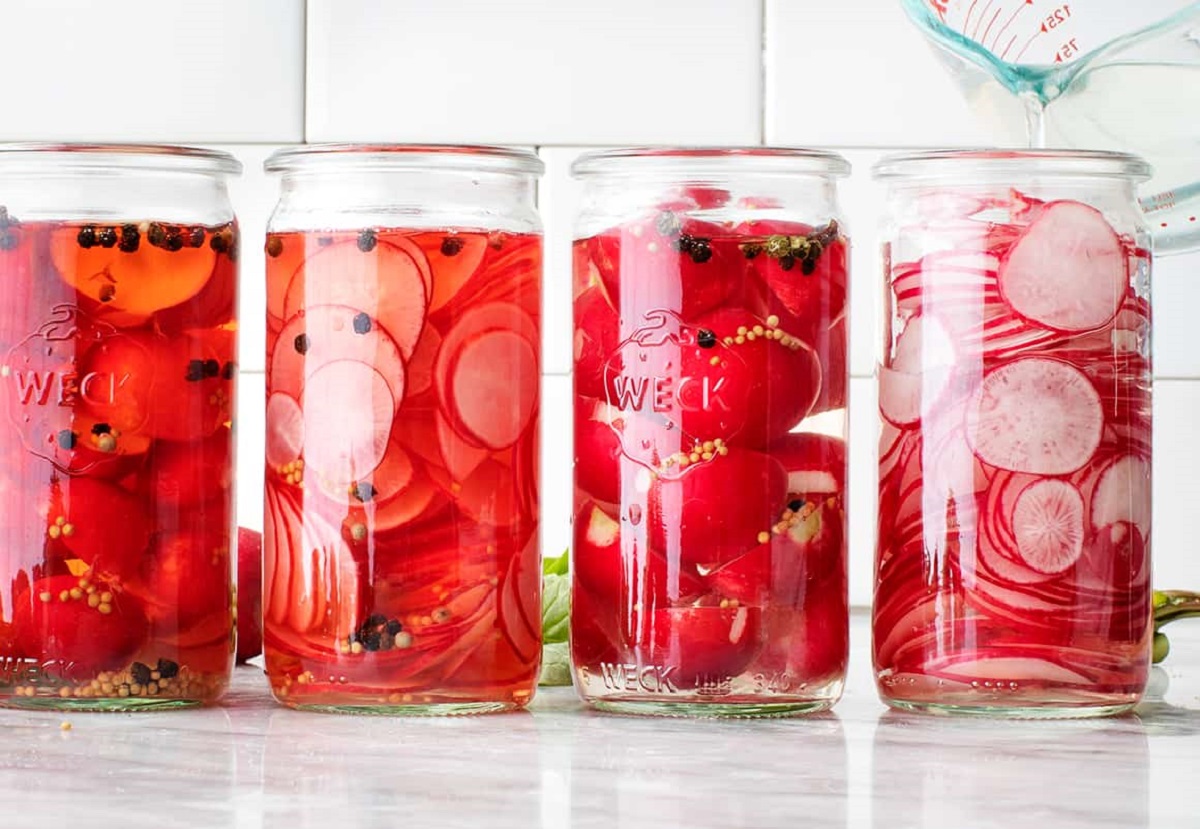
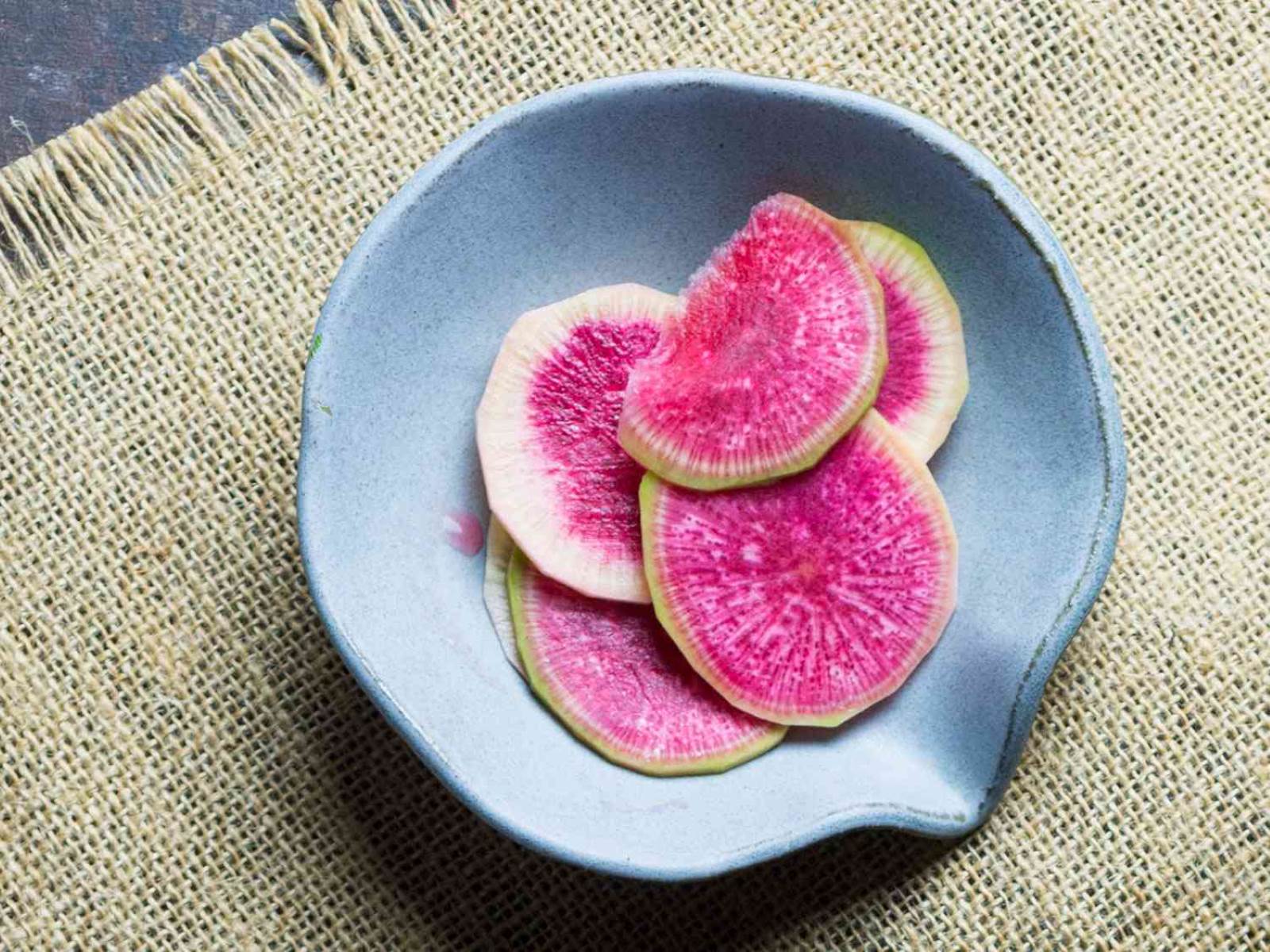
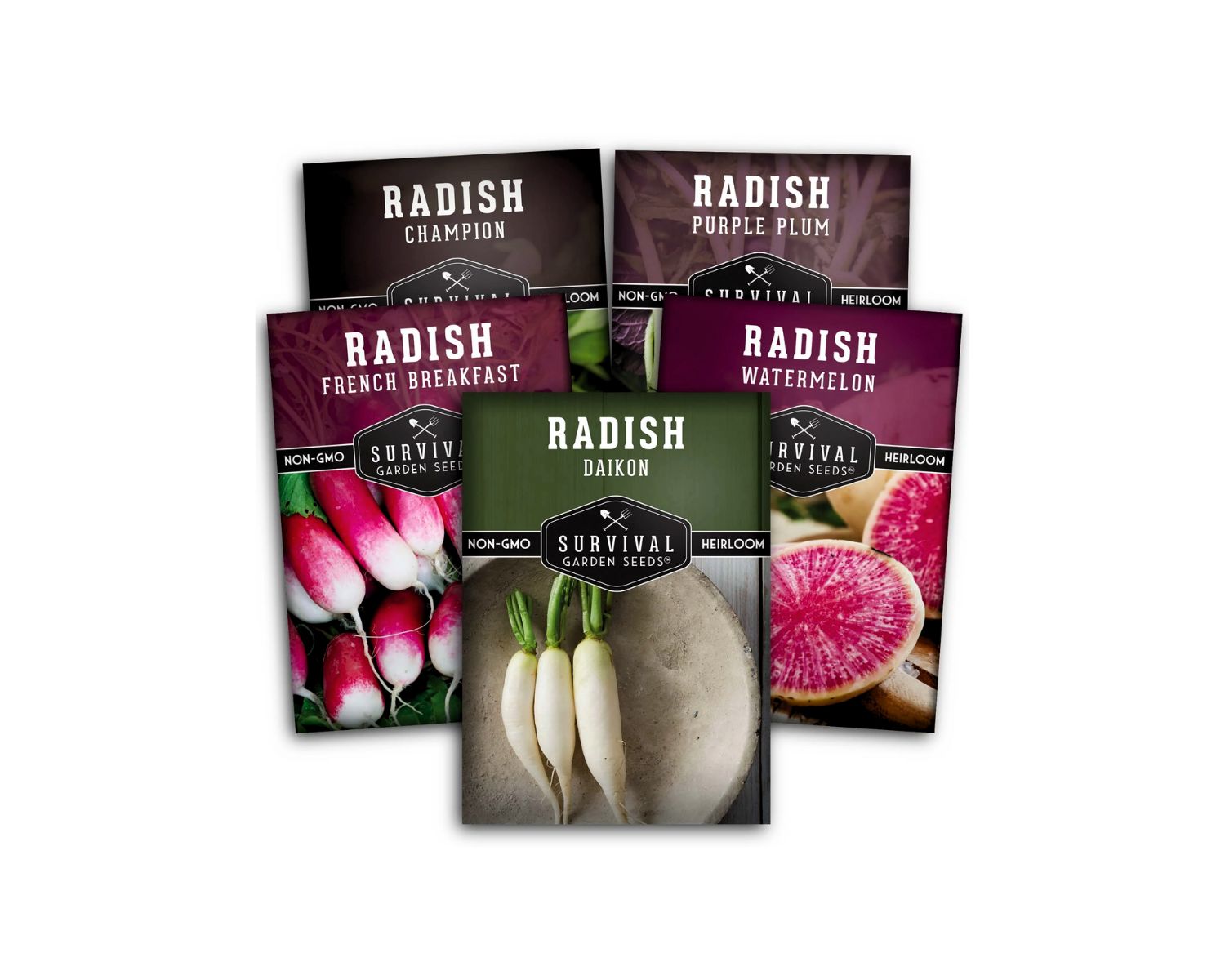
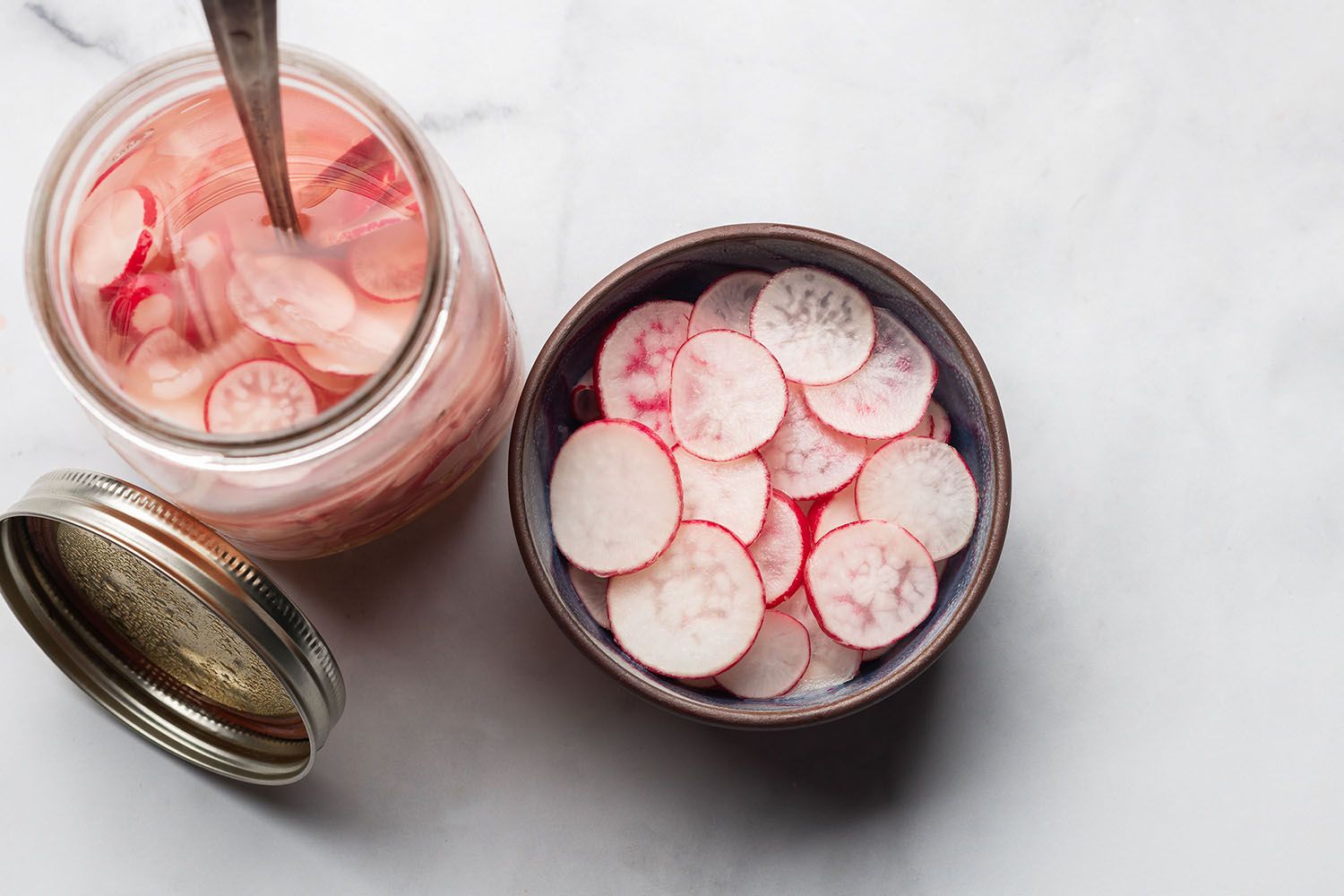
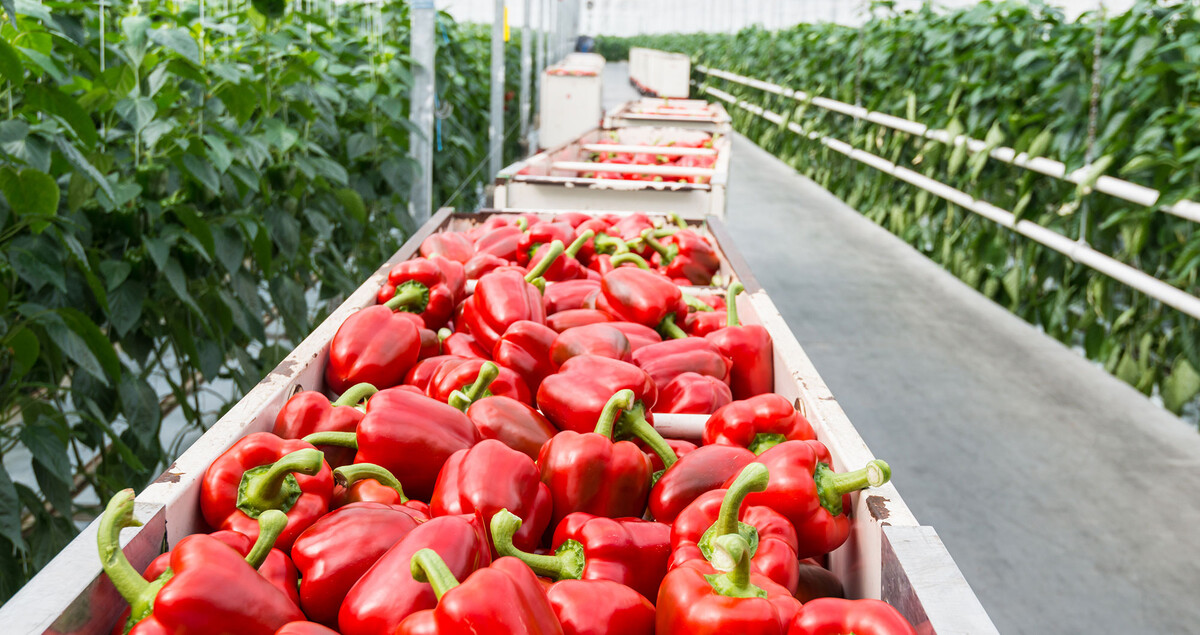
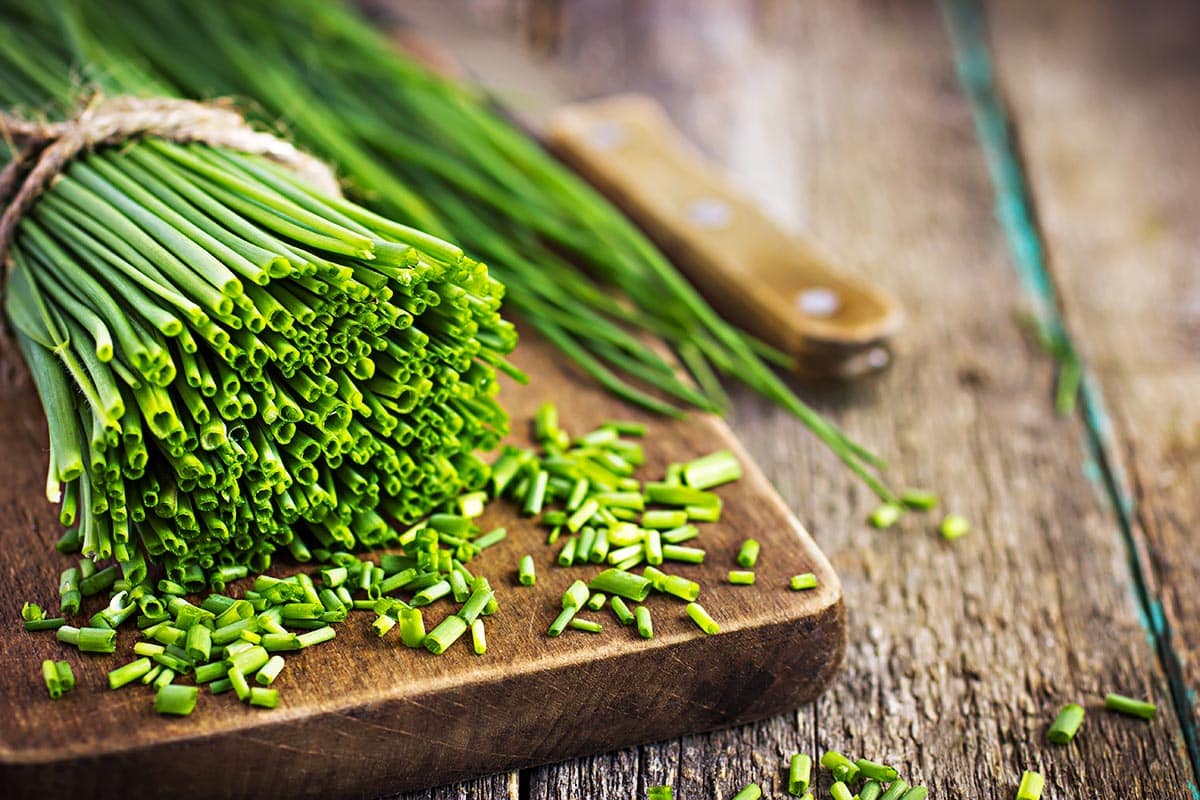
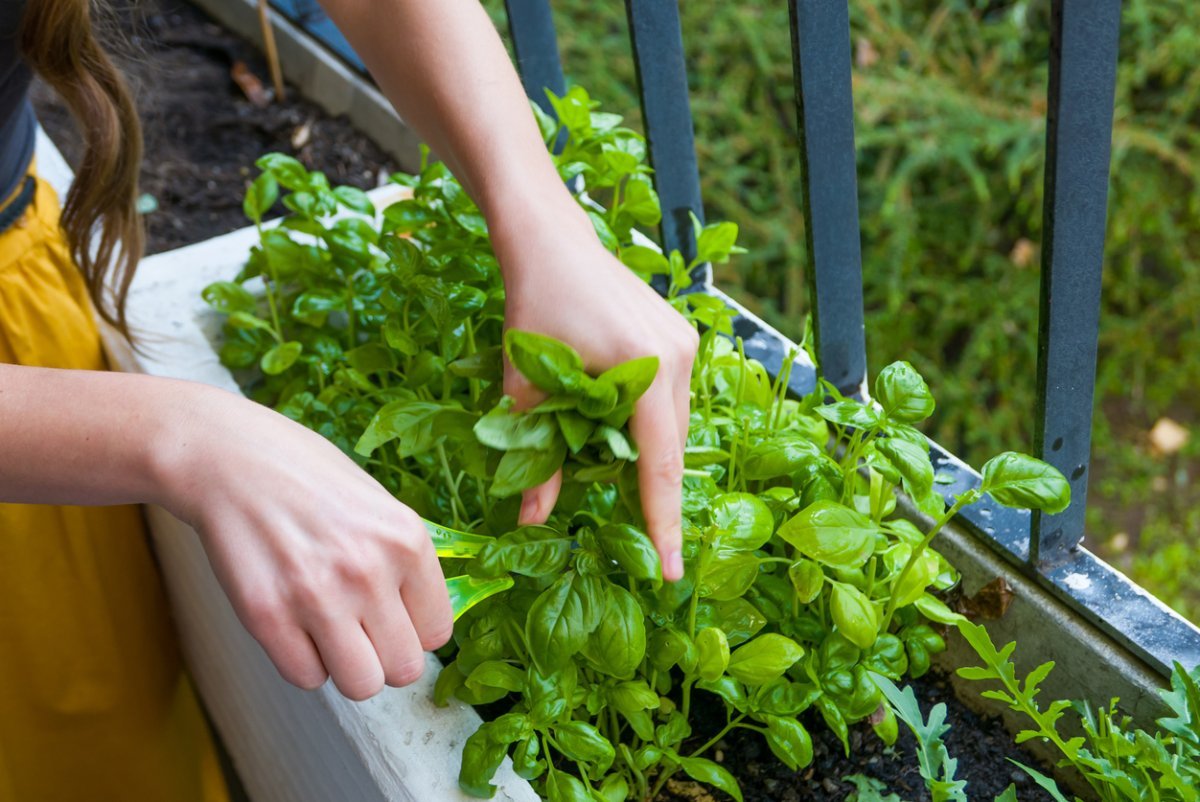
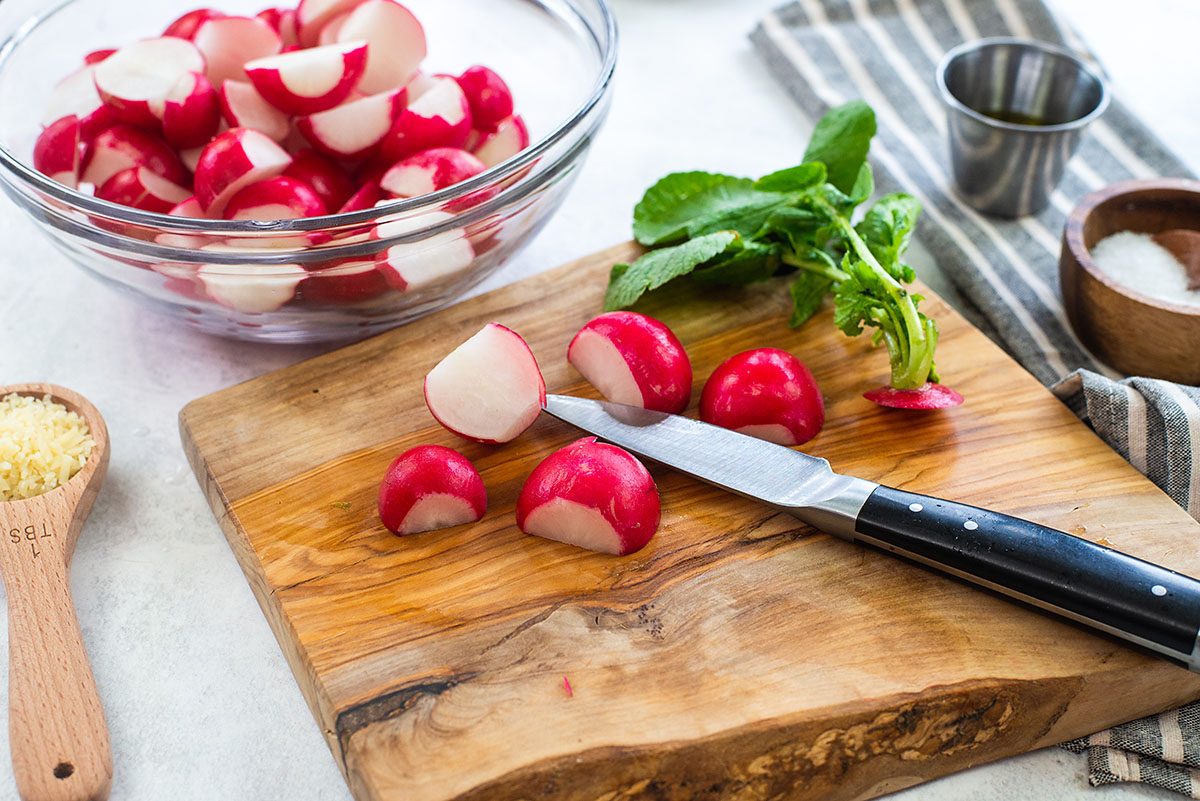
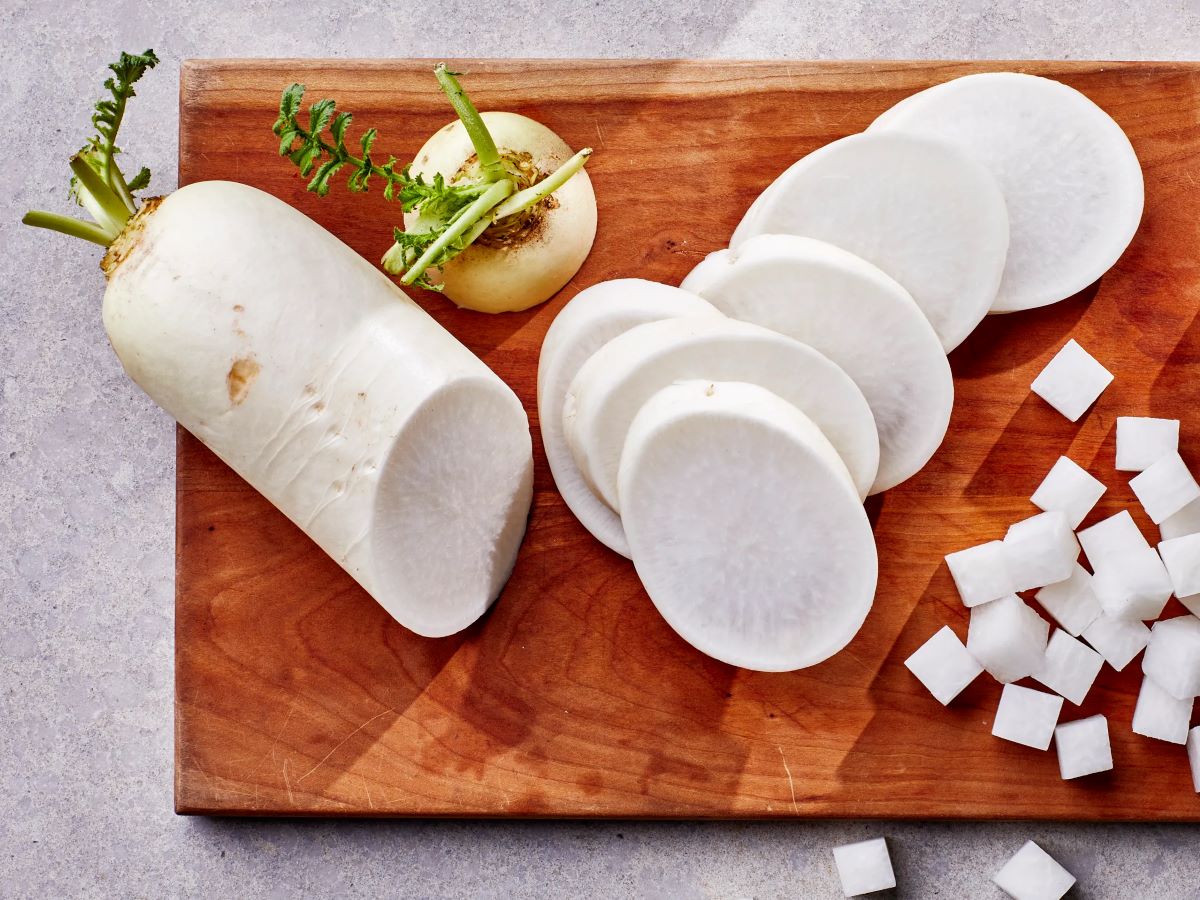
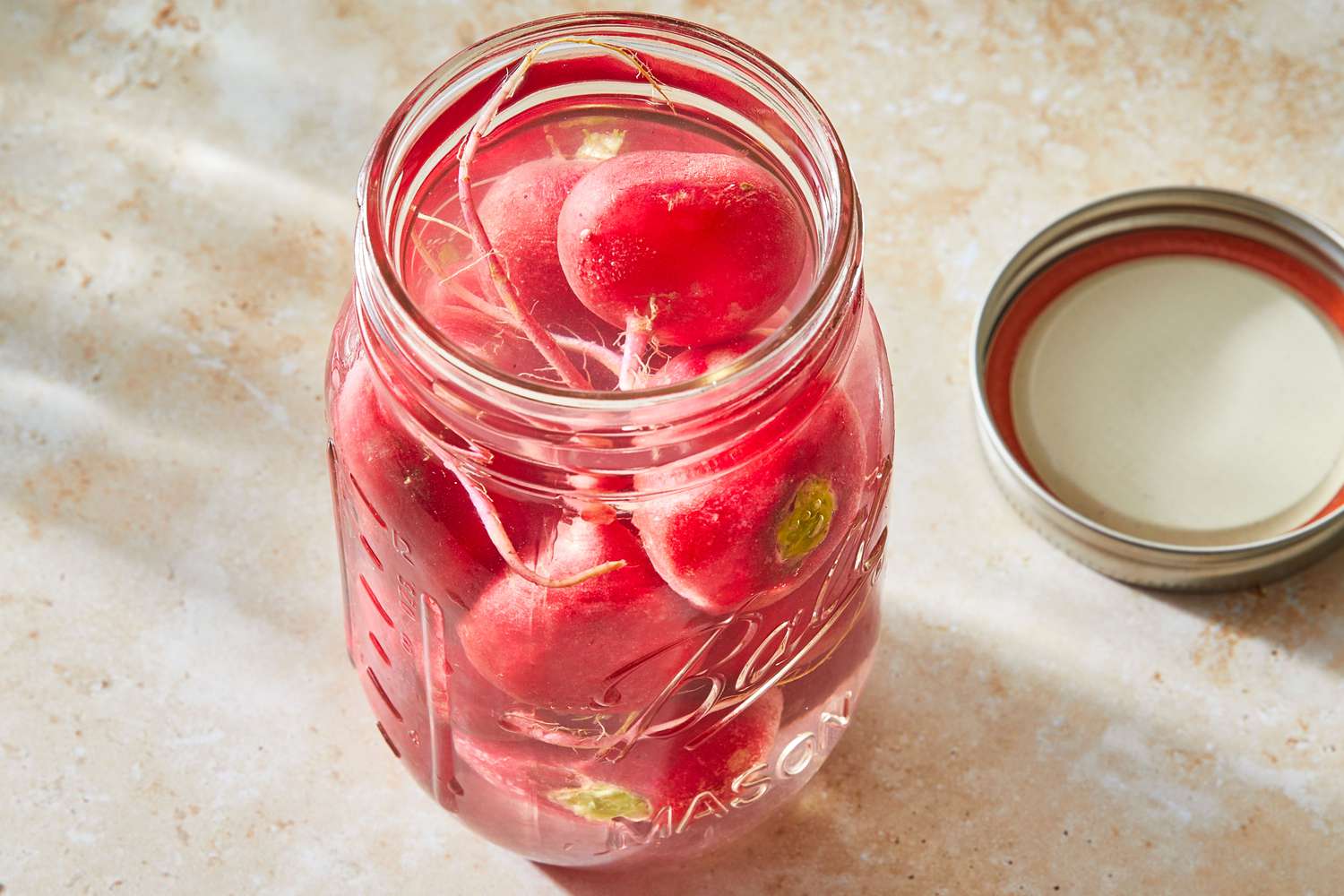
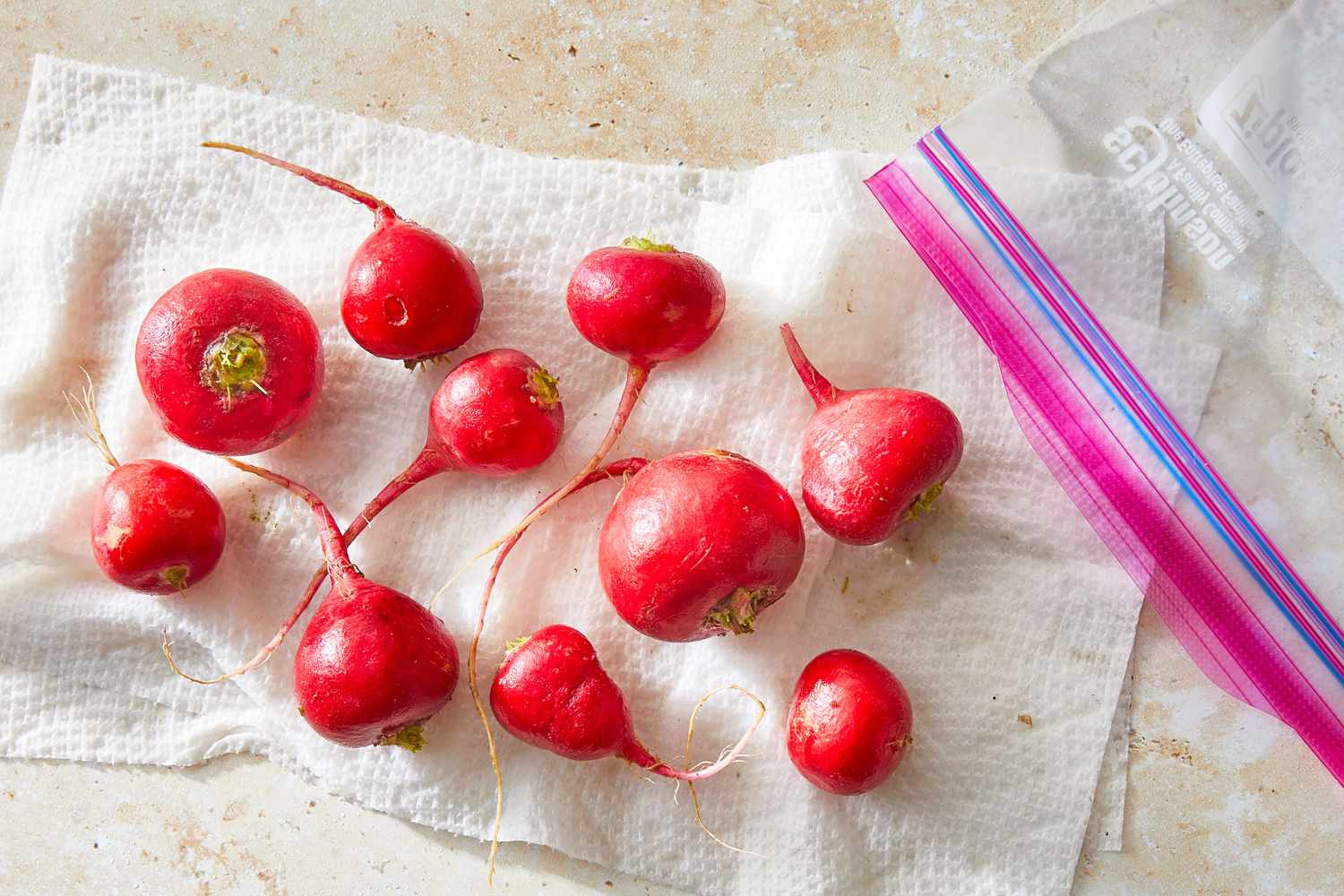
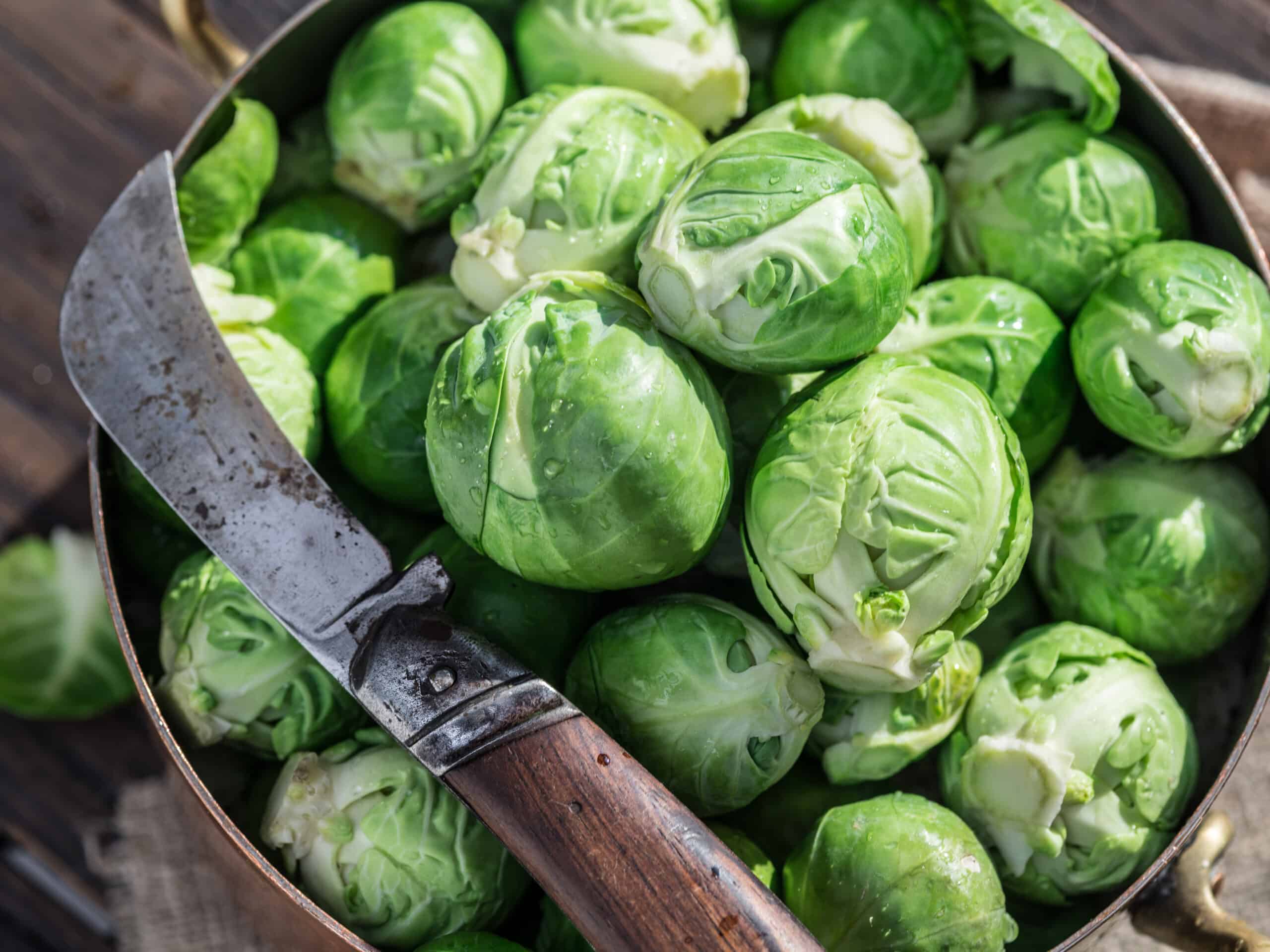
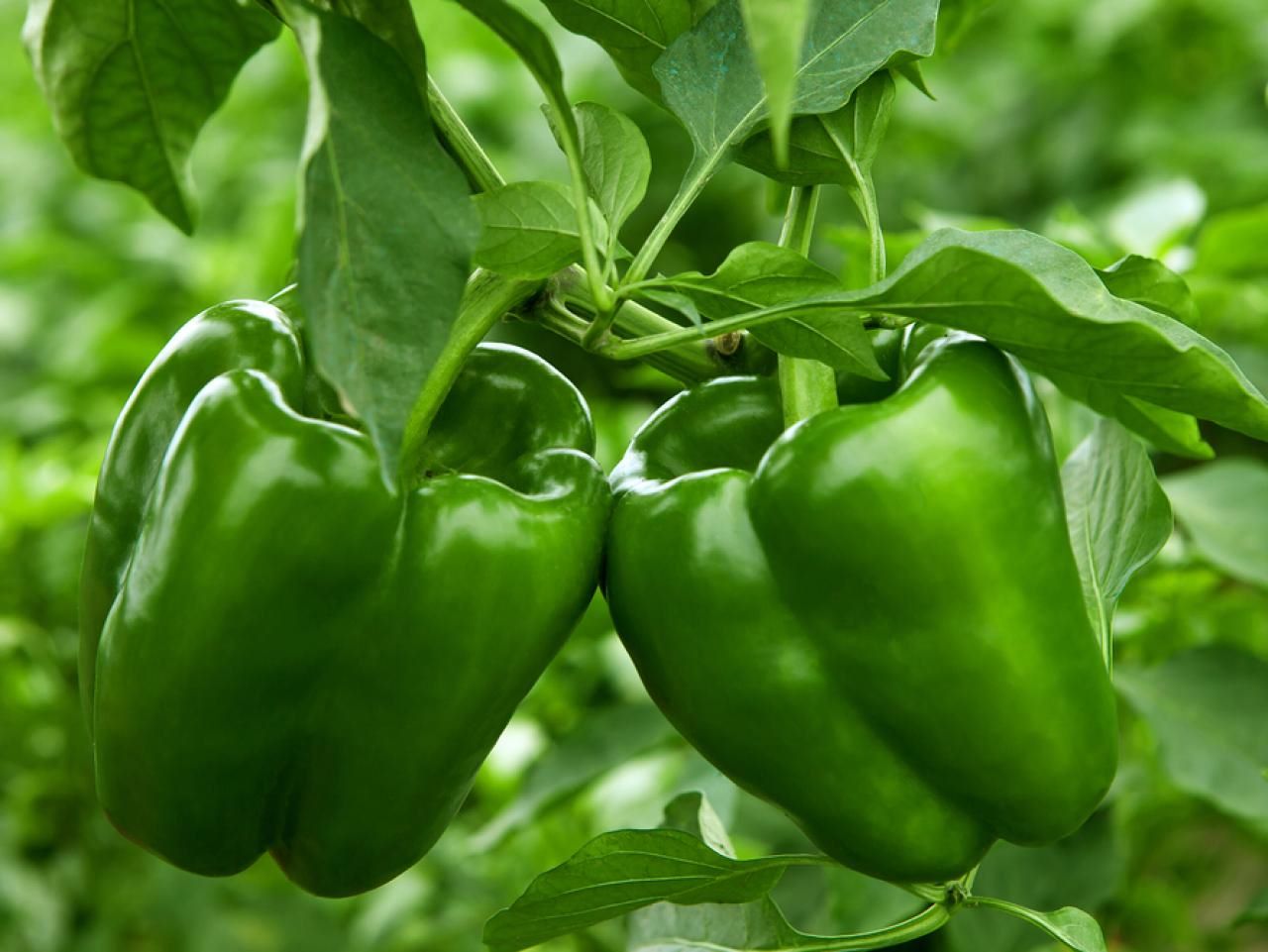

0 thoughts on “How To Store Radishes From The Garden”